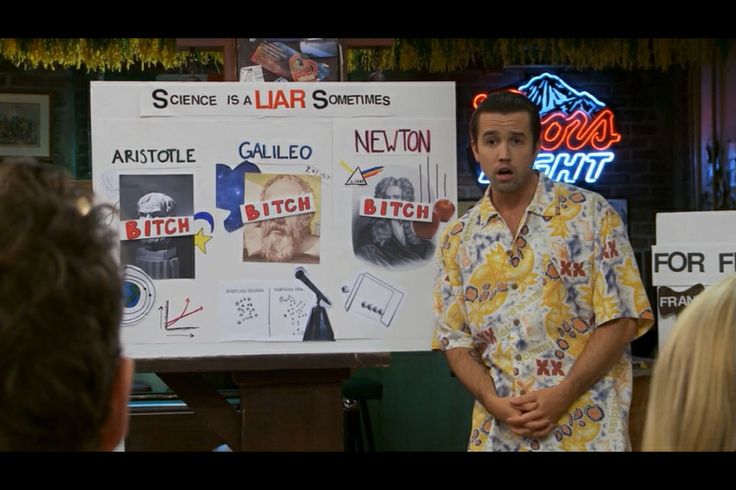The good people of Woodland, North Carolina are not 100% convinced by these solar panel thingamabobs, to put it lightly.
On Tuesday, the Woodland Town Council voted to reject a rezoning application that would allow a solar farm to be built by Strata Solar Company, the Roanoke-Chowan News-Herald reported. It also put a moratorium on all solar development.
The council had previously ruled in favor of three other solar farms that are yet to be completed, but suspicious locals put the kibosh on the latest application.
Retired science teacher Jane Mann told the publication she was concerned the panels would prevent photosynthesis from occurring, keeping plants, which rely on the chemical process, from growing. Plants in the area around the solar panels are brown and dead due to not getting enough sunlight, Mann claimed.
No reports have yet emerged as to whether science education is also "brown and dead" in Woodland.
Local resident Bobby Mann, for his part, announced he was worried the panels would "suck up all the energy from the sun," the paper said.
Let's have a moment of quiet sympathy for representatives of the Strata Solar Company, who had to try and counter the fears of locals with, um, facts.
Brent Niemann, for one, tried to argue the panels only use sunlight that hits them directly rather than sucking it up willy nilly. "The panels don’t draw additional sunlight," he said. "This is a tried and true technology."
The global climate change accord completed in Paris on Saturday was the most significant indication yet the world is turning way from fossil fuels and looking to renewables. It looks like there's still some convincing to do in Woodland, however.
http://mashable.com/2015/12/14/town-rejects-solar-panels/
Unsurprising, really, that Woodland, NC is not close to the Research Triangle (and tech-heavy) area of NC...probably not many graduates from any of those schools, either...
https://nccleantech.ncsu.edu/
On Tuesday, the Woodland Town Council voted to reject a rezoning application that would allow a solar farm to be built by Strata Solar Company, the Roanoke-Chowan News-Herald reported. It also put a moratorium on all solar development.
The council had previously ruled in favor of three other solar farms that are yet to be completed, but suspicious locals put the kibosh on the latest application.
Retired science teacher Jane Mann told the publication she was concerned the panels would prevent photosynthesis from occurring, keeping plants, which rely on the chemical process, from growing. Plants in the area around the solar panels are brown and dead due to not getting enough sunlight, Mann claimed.
No reports have yet emerged as to whether science education is also "brown and dead" in Woodland.
Local resident Bobby Mann, for his part, announced he was worried the panels would "suck up all the energy from the sun," the paper said.
Let's have a moment of quiet sympathy for representatives of the Strata Solar Company, who had to try and counter the fears of locals with, um, facts.
Brent Niemann, for one, tried to argue the panels only use sunlight that hits them directly rather than sucking it up willy nilly. "The panels don’t draw additional sunlight," he said. "This is a tried and true technology."
The global climate change accord completed in Paris on Saturday was the most significant indication yet the world is turning way from fossil fuels and looking to renewables. It looks like there's still some convincing to do in Woodland, however.
http://mashable.com/2015/12/14/town-rejects-solar-panels/
Unsurprising, really, that Woodland, NC is not close to the Research Triangle (and tech-heavy) area of NC...probably not many graduates from any of those schools, either...
https://nccleantech.ncsu.edu/







